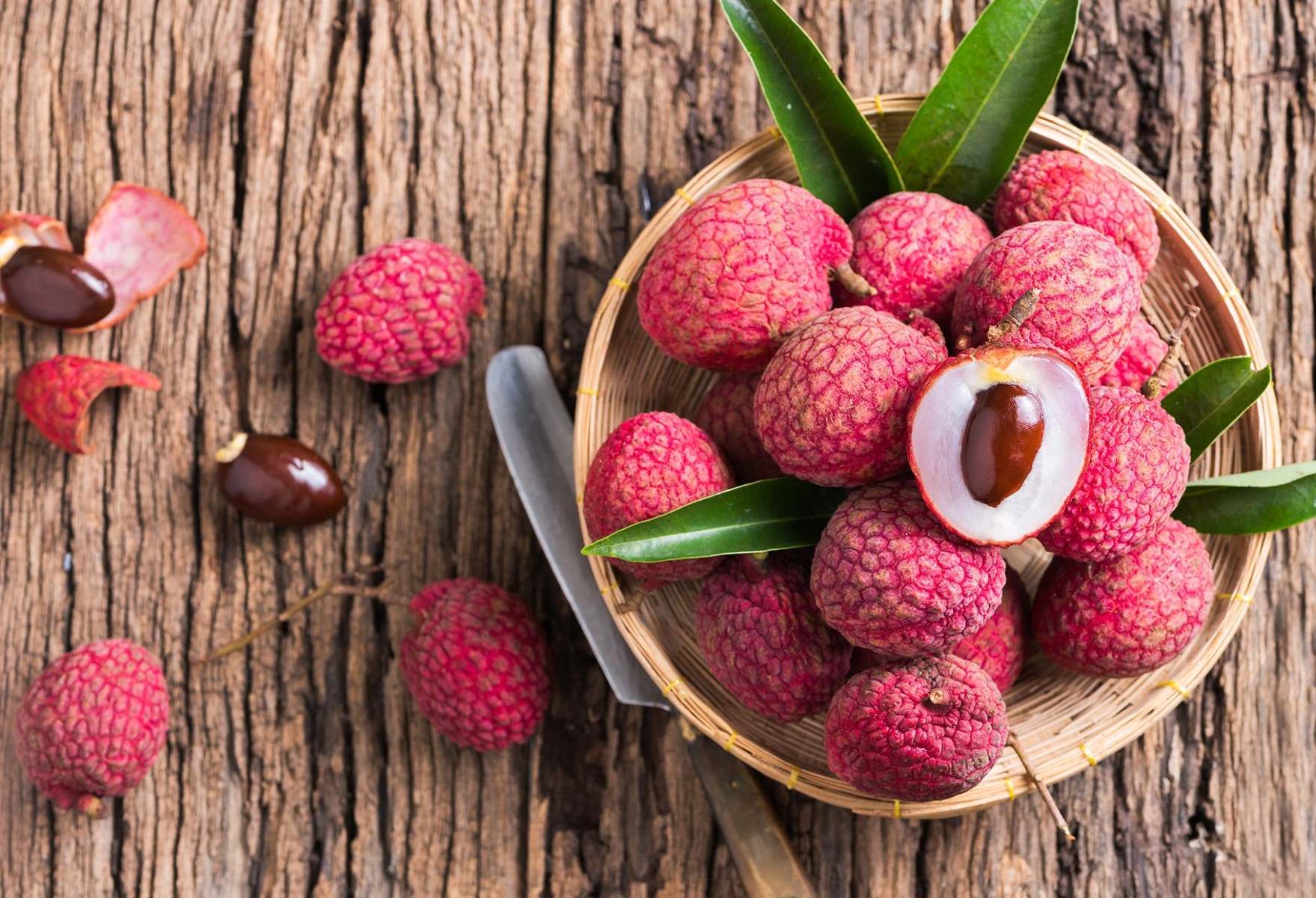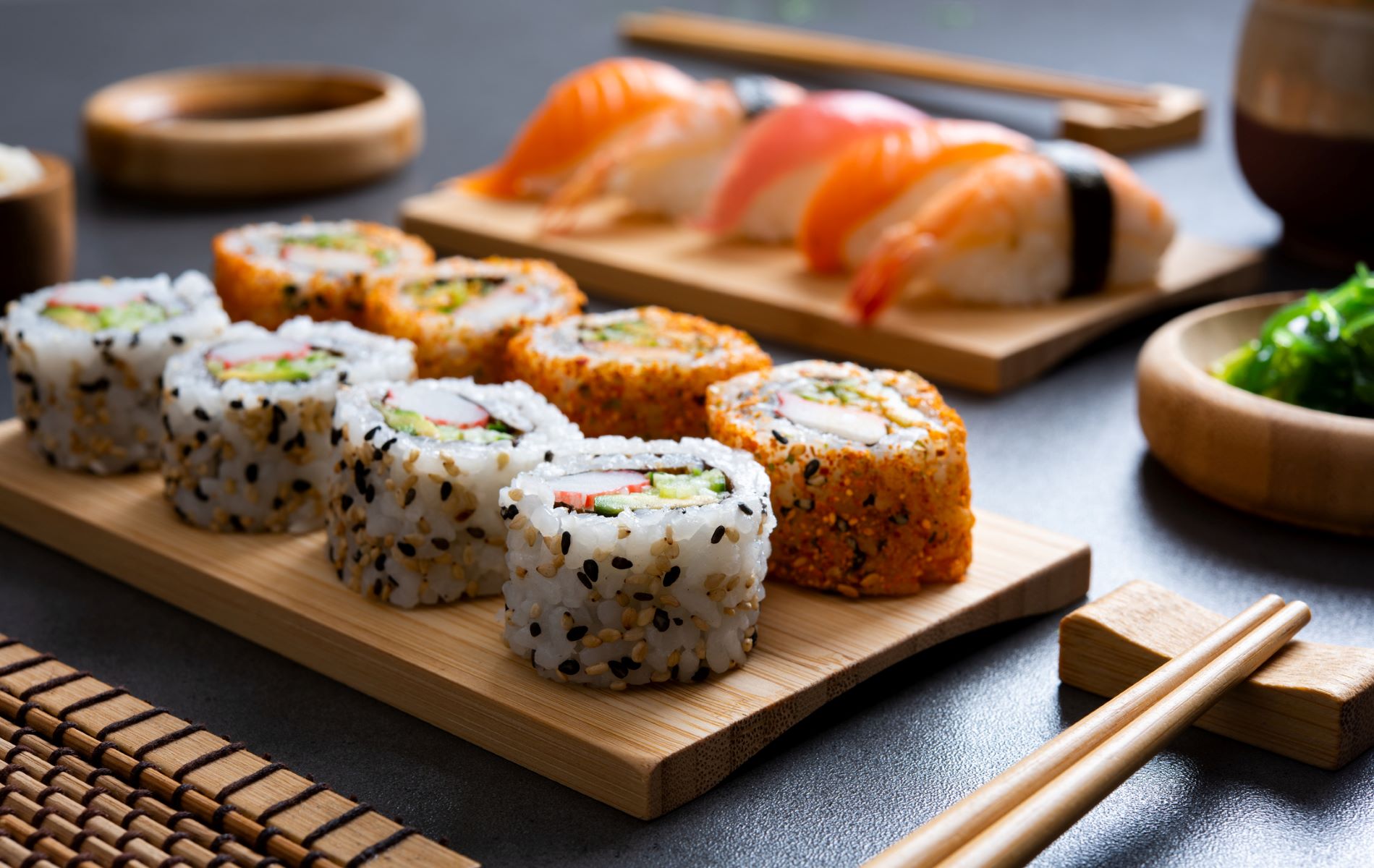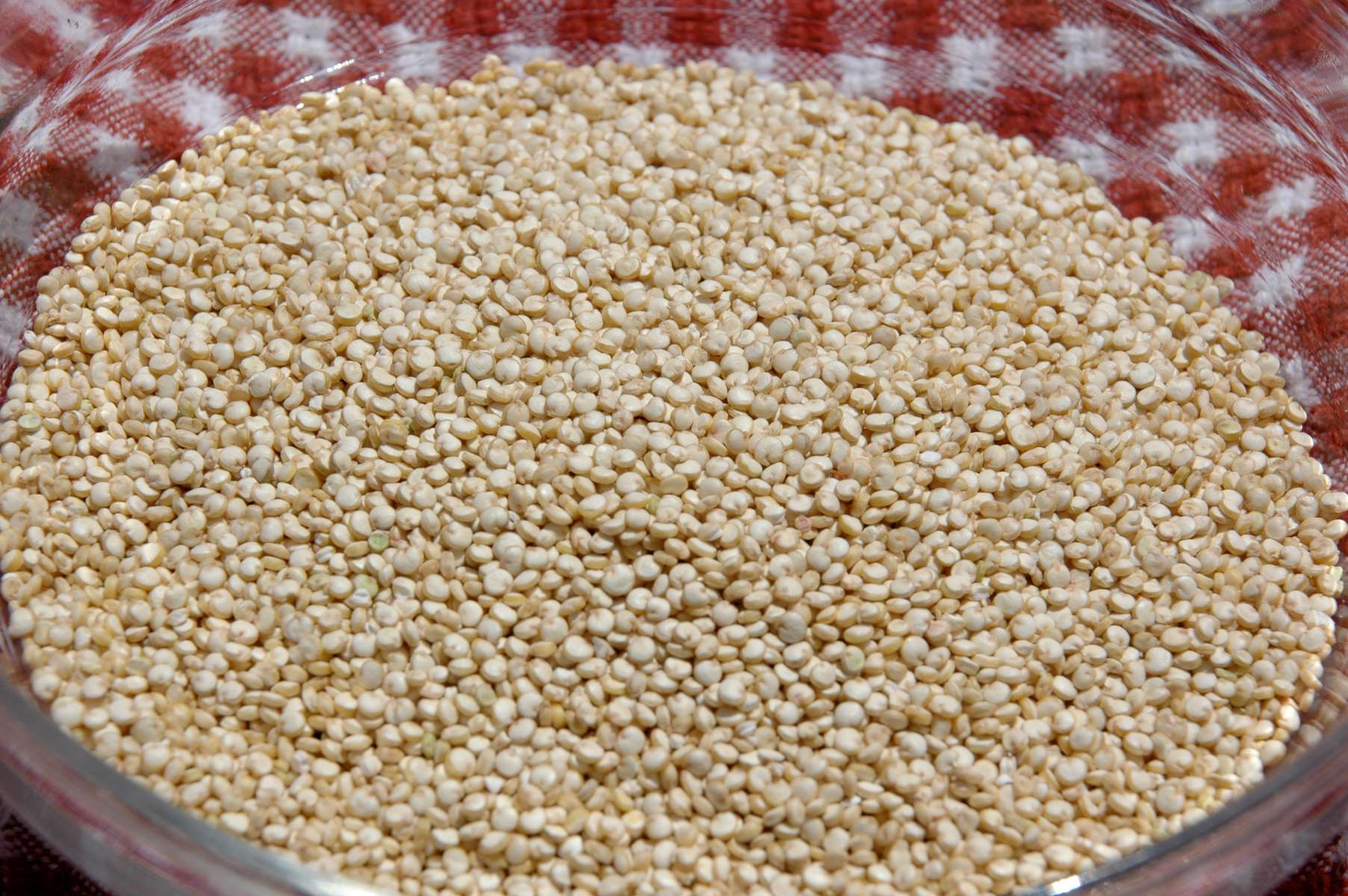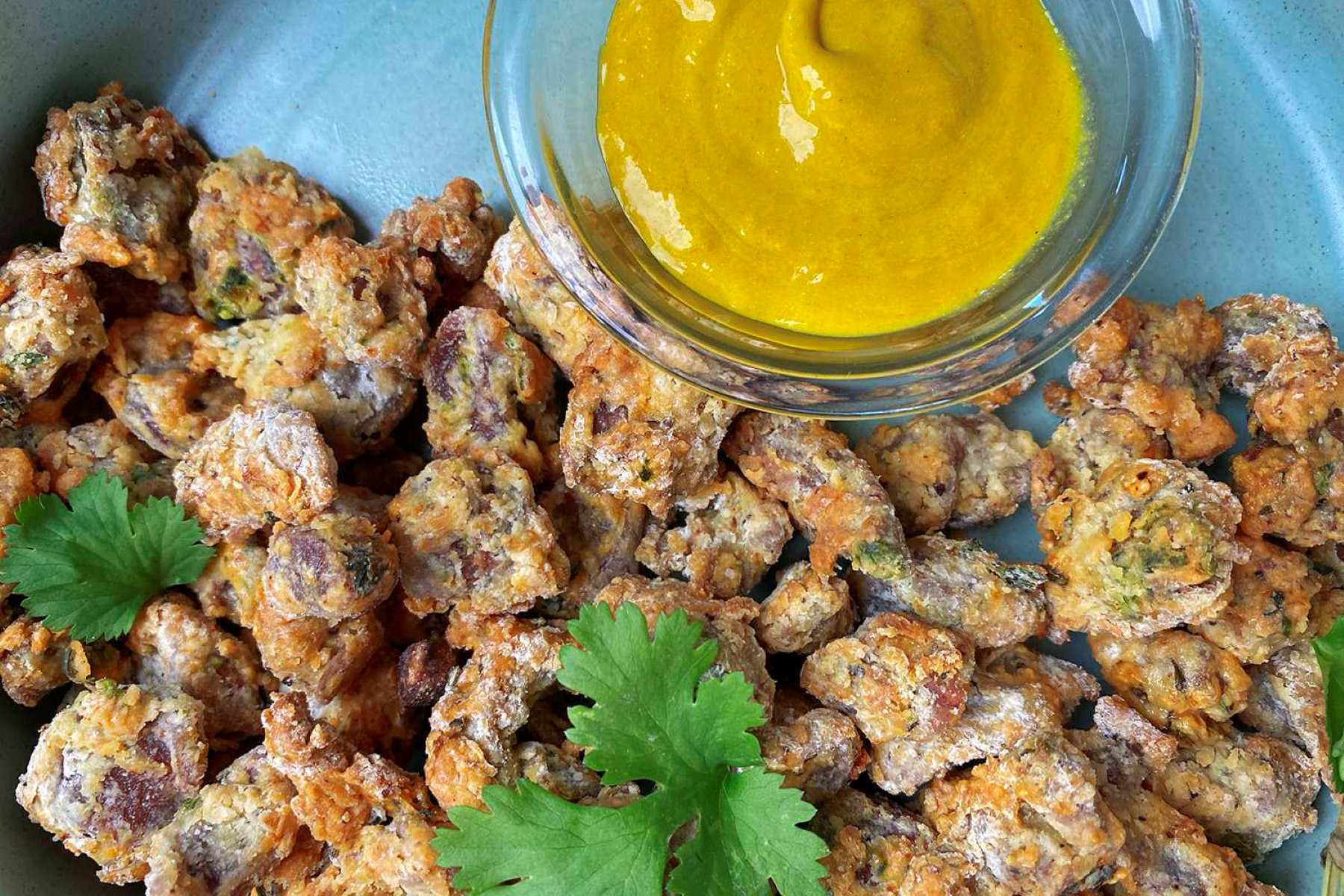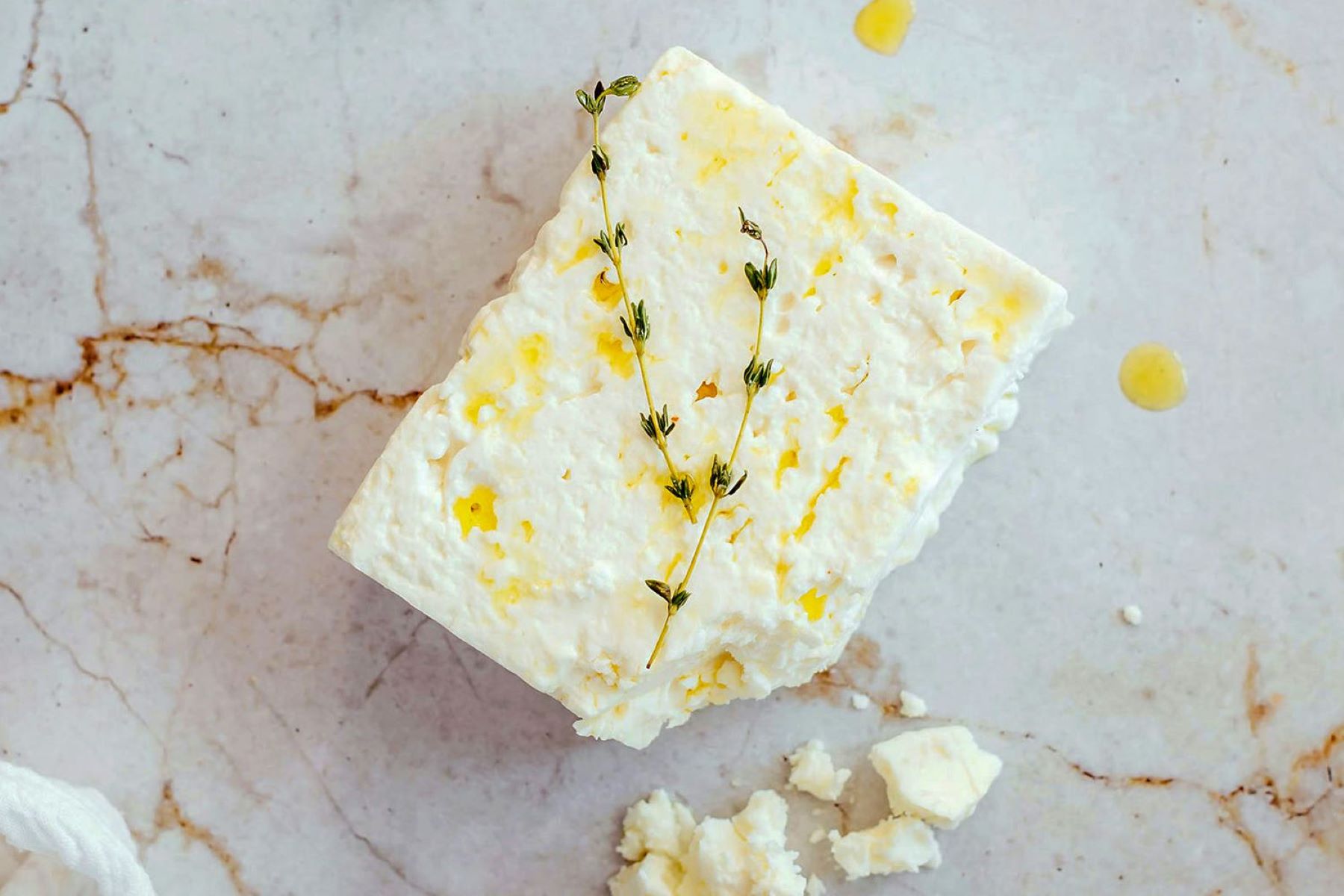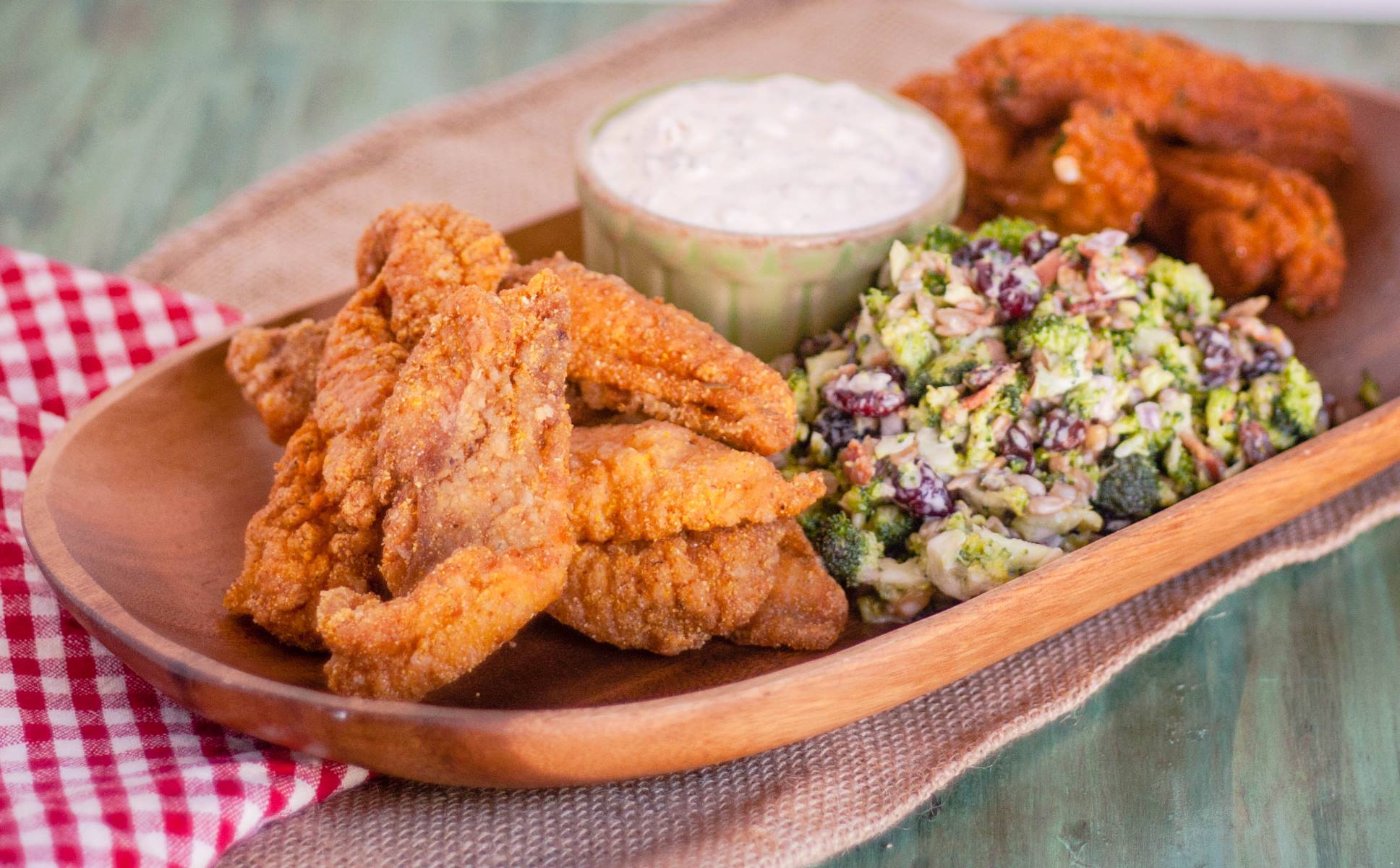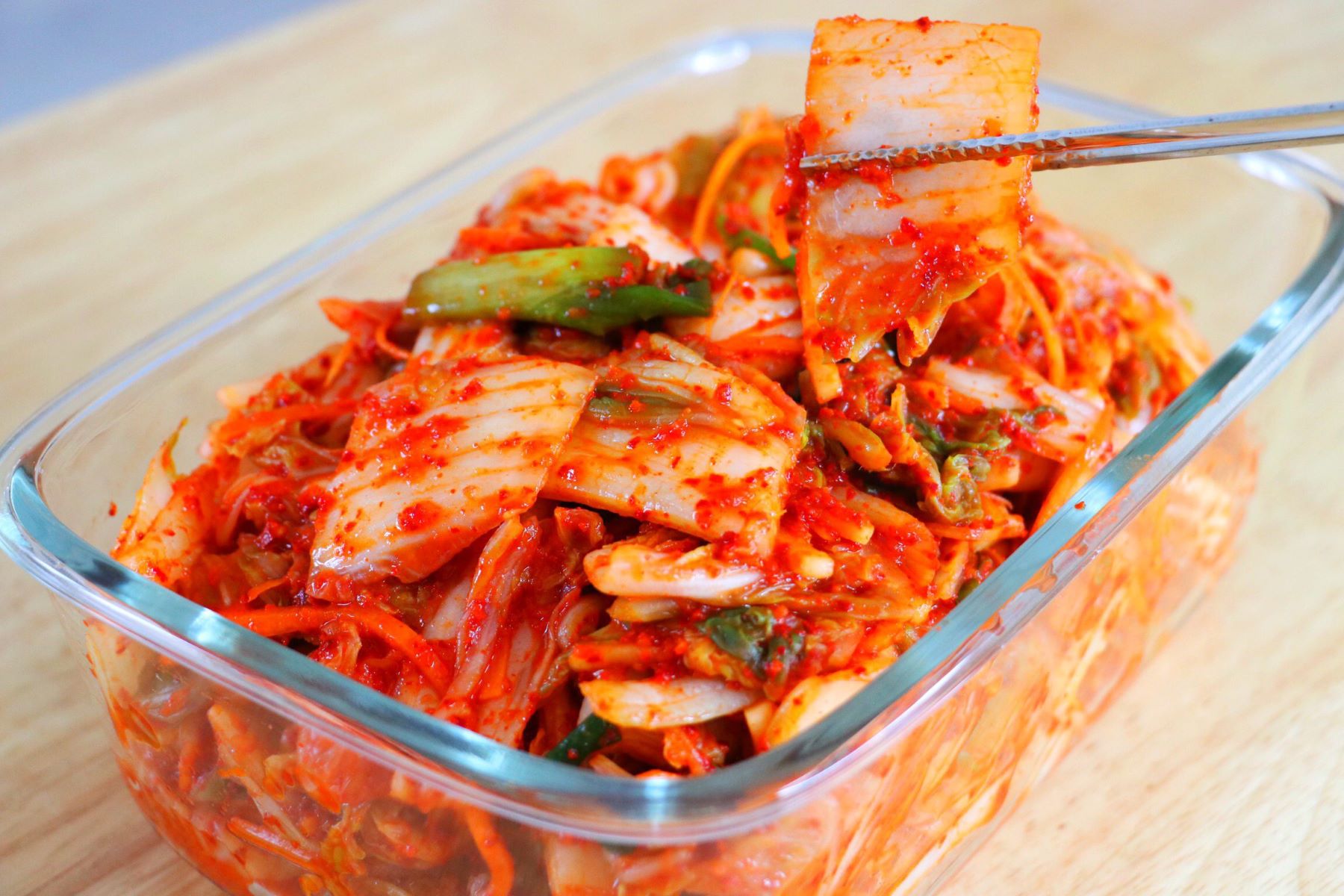Home>Food and Cooking>The Surprising And Delicious Taste Of Papaya Revealed!
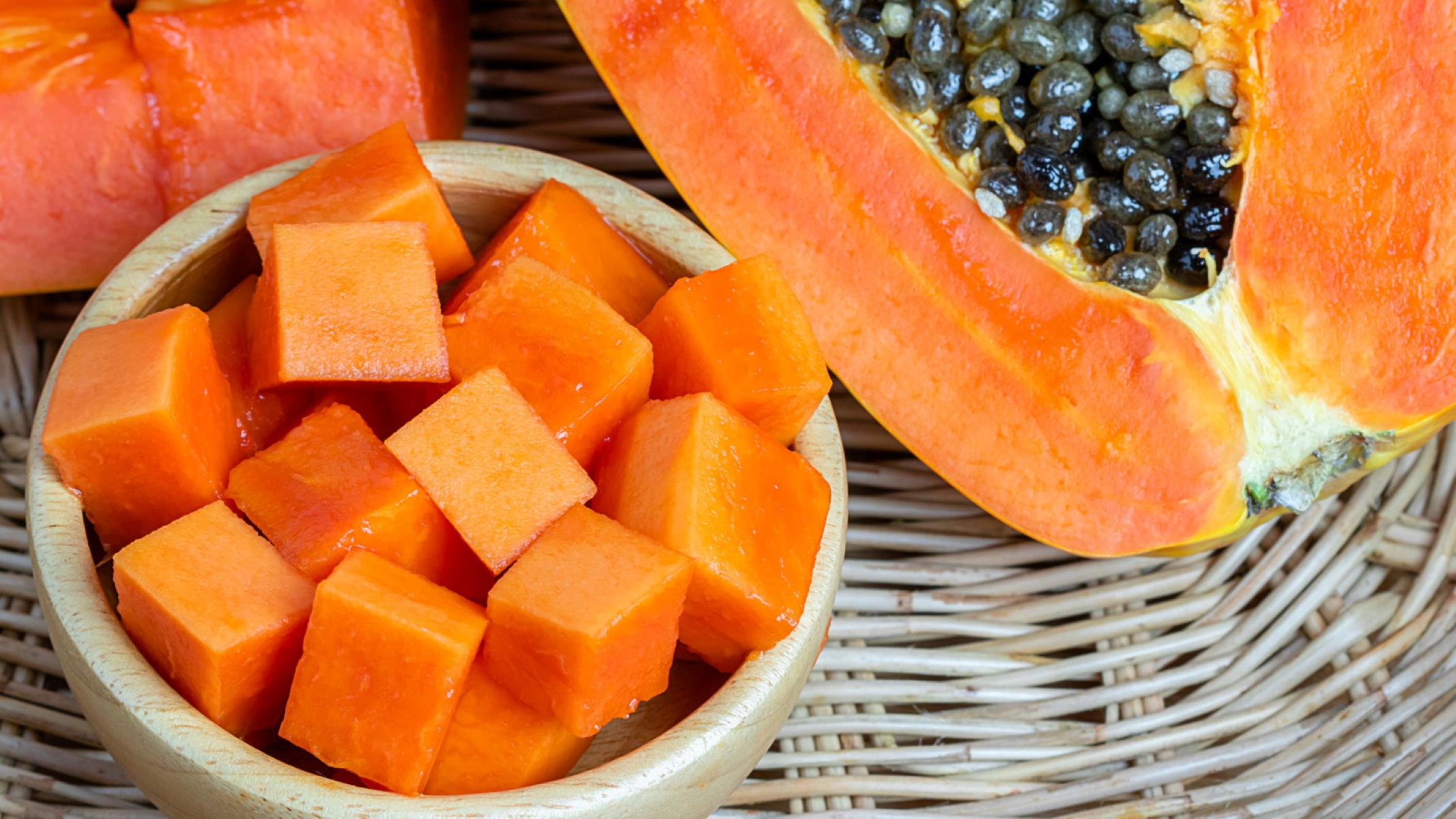

Food and Cooking
The Surprising And Delicious Taste Of Papaya Revealed!
Published: January 31, 2024
Discover the delightful and unexpected flavors of papaya with our expert cooking tips and recipes. Explore the delicious world of food and cooking with papaya!
(Many of the links in this article redirect to a specific reviewed product. Your purchase of these products through affiliate links helps to generate commission for Regretless.com, at no extra cost. Learn more)
Table of Contents
Introduction
Papaya, a tropical fruit revered for its luscious flavor and vibrant color, has captured the hearts and palates of food enthusiasts around the world. This delectable fruit, known for its succulent orange flesh and sweet aroma, offers a delightful sensory experience that leaves a lasting impression. Whether enjoyed fresh, blended into smoothies, or incorporated into savory dishes, papaya never fails to tantalize the taste buds with its unique and refreshing taste.
As we embark on a journey to unravel the secrets of papaya, we will delve into its origins, nutritional benefits, culinary uses, and the distinct flavor profile that sets it apart from other fruits. Join us in exploring the fascinating world of papaya, where each bite promises a burst of tropical goodness and a myriad of health-enhancing properties.
The Origins of Papaya
Papaya, scientifically known as Carica papaya, traces its origins to the tropical regions of the Americas, particularly southern Mexico and Central America. This luscious fruit has a rich history dating back centuries, with its cultivation and consumption deeply intertwined with the cultural and culinary traditions of the region.
The domestication of papaya can be traced back to the ancient Mayan and Aztec civilizations, who revered the fruit for its delectable flavor and medicinal properties. These early Mesoamerican cultures recognized the therapeutic benefits of papaya, utilizing it as a natural remedy for digestive ailments and skin conditions. The fruit's versatility and nutritional value made it a cherished component of their diet, earning it a revered status in their culinary practices.
During the age of exploration, Spanish and Portuguese explorers encountered papaya in the Caribbean and were captivated by its succulent flesh and sweet fragrance. Recognizing its potential as a valuable food source, they introduced papaya to other tropical regions, including Southeast Asia, the Pacific Islands, and parts of Africa. This global dissemination led to the widespread cultivation and integration of papaya into diverse cuisines, further enriching its culinary significance.
Today, papaya is cultivated in various tropical and subtropical regions worldwide, including India, Indonesia, Nigeria, Brazil, and the Philippines. Its adaptability to different climates and soil conditions has contributed to its widespread availability, making it a beloved fruit enjoyed by people across continents.
The journey of papaya from its ancient origins in the Americas to its global presence is a testament to its enduring appeal and cultural significance. Its evolution from a revered fruit in Mesoamerican civilizations to a cherished ingredient in international cuisines reflects the enduring legacy of this tropical gem.
The rich history of papaya serves as a reminder of the profound impact of cultural exchange and exploration on the culinary landscape, highlighting the interconnectedness of global food traditions and the enduring allure of exotic fruits.
Nutritional Benefits of Papaya
Papaya is not only a tantalizing treat for the taste buds but also a nutritional powerhouse, offering a wealth of health-enhancing benefits. Packed with essential vitamins, minerals, and antioxidants, this tropical fruit serves as a valuable addition to a balanced diet. Let's delve into the nutritional profile of papaya and uncover the array of benefits it provides:
-
Vitamin C Boost: Papaya is renowned for its exceptional vitamin C content, with a single serving providing a significant portion of the recommended daily intake. Vitamin C plays a crucial role in supporting the immune system, promoting collagen production for healthy skin, and combating oxidative stress.
-
Digestive Support: Papaya contains natural enzymes, such as papain, which aid in the digestion of proteins and support optimal digestive function. These enzymes contribute to the breakdown of food in the digestive tract, potentially reducing bloating and discomfort.
-
Rich in Vitamin A: The vibrant orange flesh of papaya signifies its high beta-carotene content, which the body converts into vitamin A. This essential nutrient is vital for maintaining healthy vision, supporting immune function, and promoting skin health.
-
Fiber-Rich: Papaya is a good source of dietary fiber, which is essential for digestive health and regularity. Incorporating fiber into the diet can aid in maintaining a healthy weight, reducing the risk of chronic diseases, and promoting satiety.
-
Antioxidant Powerhouse: The presence of antioxidants, such as flavonoids, carotenoids, and vitamin E, in papaya contributes to its ability to combat oxidative stress and reduce inflammation in the body. These antioxidants play a role in protecting cells from damage and supporting overall well-being.
-
Hydration and Electrolyte Balance: With its high water content and essential electrolytes, including potassium, papaya contributes to hydration and supports proper muscle function and nerve signaling.
Incorporating papaya into a well-rounded diet can offer an array of nutritional benefits, contributing to overall health and well-being. Whether enjoyed on its own, blended into refreshing smoothies, or incorporated into vibrant fruit salads, papaya stands as a delightful and nutritious addition to any culinary repertoire.
Culinary Uses of Papaya
Papaya's versatility extends beyond its role as a delectable fruit, as it lends itself to a myriad of culinary applications, both in sweet and savory dishes. The succulent flesh and subtly sweet flavor of papaya make it a prized ingredient in diverse cuisines, adding a tropical twist to culinary creations. Let's explore the various culinary uses of papaya and the creative ways in which it can be incorporated into gastronomic delights.
1. Fresh and Vibrant Salads:
Papaya's tender flesh and delicate sweetness make it a perfect addition to fresh, vibrant salads. Whether paired with crisp greens, tangy citrus segments, and a zesty vinaigrette or combined with creamy avocado and aromatic herbs, papaya adds a refreshing and tropical element to salads, elevating their flavor profile and visual appeal.
2. Exotic Salsas and Relishes:
Incorporating papaya into salsas and relishes infuses a burst of tropical flavor into dishes. The combination of ripe papaya, diced jalapeños, red onions, and fresh lime juice creates a tantalizing salsa that pairs beautifully with grilled fish, seafood, or tender chicken, offering a delightful balance of sweet, spicy, and tangy notes.
3. Luscious Smoothies and Juices:
Blending ripe papaya with other tropical fruits, such as pineapple, mango, or coconut, yields luscious smoothies and juices bursting with tropical goodness. The creamy texture and natural sweetness of papaya create a velvety base for refreshing beverages, providing a delightful way to enjoy its vibrant flavor and reap its nutritional benefits.
4. Tenderizing Marinades:
The natural enzymes present in papaya, particularly papain, make it an excellent ingredient for tenderizing meats. When used in marinades, papaya helps break down protein fibers, resulting in tender and flavorful meat dishes. Whether preparing grilled kebabs, succulent steaks, or aromatic curries, incorporating papaya into marinades enhances the texture and juiciness of the final dish.
5. Decadent Desserts:
Papaya's luscious texture and subtle sweetness lend themselves to a variety of decadent desserts. From creamy papaya mousse and tropical fruit tarts to refreshing sorbets and fruity popsicles, papaya adds a delightful twist to sweet treats, offering a unique flavor profile that complements a wide range of dessert creations.
6. Pickles and Chutneys:
In many tropical cuisines, papaya is utilized in pickles and chutneys, where its slightly tangy and sweet flavor pairs harmoniously with aromatic spices and vinegars. These pickled preparations add a delightful contrast to savory dishes, such as curries, grilled meats, and rice-based meals, infusing them with a burst of tropical flavor and complexity.
7. Culinary Garnish:
The vibrant color and visually appealing texture of papaya make it an ideal garnish for a wide array of dishes, from elegant appetizers to vibrant main courses. Whether finely diced, thinly sliced, or carved into decorative shapes, papaya adds a touch of tropical elegance to culinary presentations, enhancing the visual allure of the dining experience.
Incorporating papaya into culinary creations opens up a world of possibilities, allowing chefs and home cooks alike to experiment with its unique flavor and vibrant character. From refreshing beverages to savory delights and indulgent desserts, papaya's culinary versatility knows no bounds, offering a delightful tropical twist to a diverse array of dishes.
The Unique Flavor of Papaya
The unique flavor of papaya is a delightful fusion of tropical sweetness with subtle hints of musk and citrus, creating a sensory experience that is both refreshing and distinct. When ripe, the flesh of papaya exudes a luscious aroma, reminiscent of sunshine and tropical breezes, evoking a sense of indulgence and relaxation.
The flavor profile of papaya is characterized by its succulent, buttery texture and a delicate sweetness that is reminiscent of ripe melon, with a subtle musky undertone that adds depth and complexity to its taste. The vibrant orange flesh of papaya offers a juicy, tropical sweetness that is balanced by a gentle tanginess, akin to a hint of citrus, creating a harmonious interplay of flavors that dance on the palate.
The interplay of sweetness and tanginess in papaya's flavor profile makes it a versatile ingredient that complements both sweet and savory dishes. Whether enjoyed on its own, blended into smoothies, or incorporated into salads and salsas, papaya's unique flavor adds a refreshing and tropical dimension to culinary creations.
The ripeness of papaya significantly influences its flavor, with unripe papayas exhibiting a firmer texture and a more subtle sweetness, while fully ripe papayas boast a luscious, creamy consistency and a heightened sweetness that is truly indulgent. The aromatic richness of ripe papaya, with its alluring tropical fragrance, further enhances the overall sensory experience, inviting the senses to savor the essence of the tropics.
The flavor of papaya is a testament to the bountiful treasures of the tropics, offering a captivating blend of sweetness, tanginess, and tropical allure that captivates the palate and evokes images of sun-kissed shores and lush landscapes. Whether relished in its natural form or integrated into culinary creations, the unique flavor of papaya embodies the essence of tropical indulgence, inviting all who partake to savor the exotic delights it has to offer.
Conclusion
In conclusion, the journey through the fascinating world of papaya has unveiled a treasure trove of delights, from its ancient origins in the Americas to its widespread presence in global cuisines. The rich history and cultural significance of papaya reflect the enduring allure of this tropical fruit, which has transcended geographical boundaries to become a beloved culinary staple.
From a nutritional standpoint, papaya stands as a testament to the bountiful offerings of nature, providing essential vitamins, enzymes, and antioxidants that contribute to overall well-being. Its vibrant orange flesh, brimming with vitamin C, beta-carotene, and fiber, offers a tantalizing array of health-enhancing properties, making it a valuable addition to a balanced diet.
Culinary enthusiasts and chefs alike have embraced the versatility of papaya, incorporating it into an array of dishes that span the sweet and savory spectrum. Whether adorning fresh salads, infusing exotic salsas, or lending its luscious sweetness to decadent desserts, papaya's unique flavor and texture have elevated the gastronomic landscape, adding a tropical twist to culinary creations.
The distinctive flavor of papaya, characterized by its succulent sweetness and subtle tanginess, embodies the essence of tropical indulgence, inviting the senses to savor the richness of the tropics. Whether relished in its natural form or integrated into culinary masterpieces, papaya's flavor profile captivates the palate and evokes images of sun-kissed shores and lush landscapes.
In essence, papaya transcends its identity as a mere fruit, emerging as a symbol of tropical abundance and culinary inspiration. Its journey from ancient civilizations to modern-day kitchens serves as a testament to the enduring legacy of this tropical gem, which continues to captivate hearts and palates with its surprising and delicious taste.
As we bid adieu to this exploration of papaya, let us carry forth an appreciation for the exotic allure and culinary versatility of this tropical treasure, savoring each bite as a celebration of nature's abundant offerings and the rich tapestry of global gastronomy.


